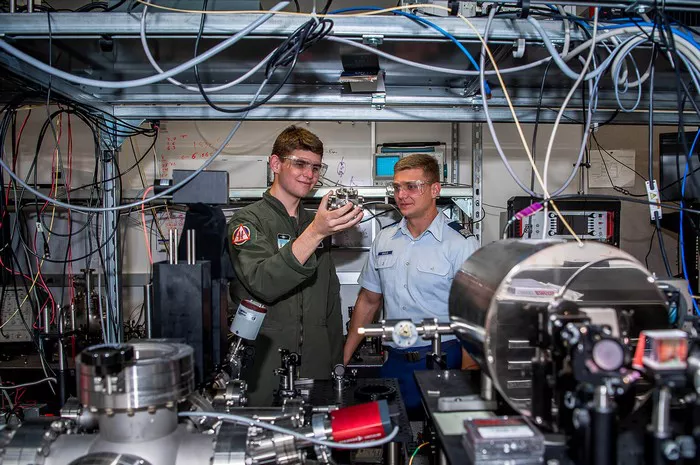Rolls-Royce’s inaugural aero engine maintenance, repair, and overhaul (MRO) joint venture in mainland China is scheduled to begin operations by the end of 2025, signaling a major milestone in the British manufacturer’s expansion into one of the world’s most dynamic aviation markets.
Located in the northeastern suburbs of Beijing, the facility underscores Rolls-Royce’s confidence in the Chinese market and the strength of the local supply chain, according to Troy Wang, executive vice-president for Greater China at Rolls-Royce. He spoke exclusively to Xinhua News Agency about the project.
The joint venture, known as Beijing Aero Engine Services Ltd (BAESL), is a partnership with Air China. Initially, the center will focus on servicing Trent 700 engines used in Airbus A330 aircraft. Over time, it will expand to include Trent XWB and Trent 1000 engines, which power the Airbus A350 and Boeing 787, respectively.
“At full capacity—expected by the mid-2030s—BAESL will be capable of handling up to 250 engine shop visits annually,” Wang said. The facility is also projected to employ up to 800 workers, further reinforcing Rolls-Royce’s long-term commitment to China.
This strategic investment comes as China ranks as Rolls-Royce’s third-largest single-country market by revenue. Prior to BAESL, Chinese mainland customers were served through the company’s global MRO network, including Hong Kong Aero Engine Services Ltd (HAESL), established in 1997.
BAESL marks the latest of five joint ventures Rolls-Royce has established in China. It forms part of a broader push to integrate more deeply into the country’s booming aviation sector. A report by the Aviation Industry Corporation of China projects the country will need more than 8,200 new passenger aircraft by 2043, including over 1,500 wide-body jets.
“China is not just a market—it’s a vital component of our global supply chain,” said Wang. Rolls-Royce has partnered with over 50 Chinese suppliers, who contribute key components and leverage advanced digital and automation capabilities.
The BAESL facility is being designed as a world-class, digitally enabled engine repair and overhaul hub. It will incorporate cutting-edge digital technologies, including artificial intelligence, through collaborations with leading Chinese tech firms.
Wang emphasized China’s continued aviation resilience and industrial competitiveness, citing advantages in cost efficiency, product quality, and lead times, despite broader global economic uncertainties.
Further deepening its local footprint, Rolls-Royce last year expanded its joint venture with Guangxi Yuchai Machinery Co Ltd to serve China’s rapidly evolving market for internal combustion engines.

